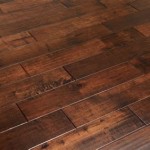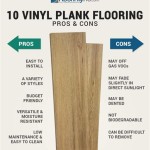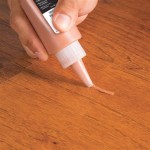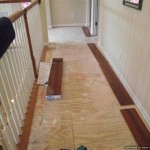Laminate flooring is becoming increasingly popular in homes around the world due to its durability and low maintenance. While this type of flooring is easy to install, it is important to consider the use of padding underneath. Padding is essential for laminate flooring, as it helps to protect the floor from damage and also adds a layer of insulation between the floor and the subfloor. In this article, we will discuss the importance of padding for laminate flooring, and provide some tips on how to choose the right type for your home.
Why is Padding Important for Laminate Flooring?
Padding is an important part of the installation process for laminate flooring. It helps to provide a layer of cushioning between the floor and the subfloor, which helps to reduce noise from foot traffic, and it also helps to protect the floor from damage. Additionally, it can help to improve the energy efficiency of your home, as it provides an extra layer of insulation.
Furthermore, padding can help to reduce the risk of moisture damage to the floor. It provides a barrier between the floor and any moisture that may be present on the subfloor, which can help to protect the floor from warping or other damage caused by moisture.
Types of Padding for Laminate Flooring
There are several different types of padding available for laminate flooring, including:
- Foam padding – this type of padding is made from polyurethane foam and is easy to install. It provides a layer of cushioning and helps to reduce noise from foot traffic.
- Felt padding – this type of padding is made from felt and is more durable than foam padding. It offers more cushioning and helps to protect the floor from moisture damage.
- Rubber padding – this type of padding is made from rubber and is more durable than felt padding. It offers more cushioning and helps to reduce noise from foot traffic.
How to Choose the Right Padding for Laminate Flooring
When choosing the right padding for your laminate flooring, it is important to consider the following factors:
- The type of subfloor – the type of subfloor you have will determine the type of padding you need. For example, if you have a concrete subfloor, you will need to use a rubber or felt padding.
- The noise level – if you are concerned about noise from foot traffic, you should choose a padding that offers more cushioning.
- The moisture level – if you are concerned about moisture damage to the floor, you should choose a padding that offers more protection.
Installation Tips for Padding for Laminate Flooring
When installing padding for laminate flooring, it is important to follow these tips:
- Ensure that the padding is cut to the correct size – it is important to ensure that the padding is cut to the correct size so that it fits snugly against the edges of the flooring.
- Secure the padding – the padding should be secured to the subfloor using staples or nails.
- Check for gaps – it is important to check for any gaps between the padding and the flooring and fill them in with caulk or adhesive.
Conclusion
Padding for laminate flooring is an important part of the installation process, as it helps to protect the floor from damage and also adds a layer of insulation. There are several different types of padding available, and it is important to consider the type of subfloor, the noise level, and the moisture level when choosing the right padding for your home. Following the installation tips outlined above can help to ensure that the padding is installed properly.






/laying-laminate-flooring-5c36643946e0fb0001102b5b.jpg)
/laying-laminate-flooring-5c36643946e0fb0001102b5b.jpg)
/Laminate-floor-install-GettyImages-154961561-588816495f9b58bdb3da1a02.jpg)





/new-floor-installation-155283725-582735c03df78c6f6af8ac80.jpg)
Related Posts








